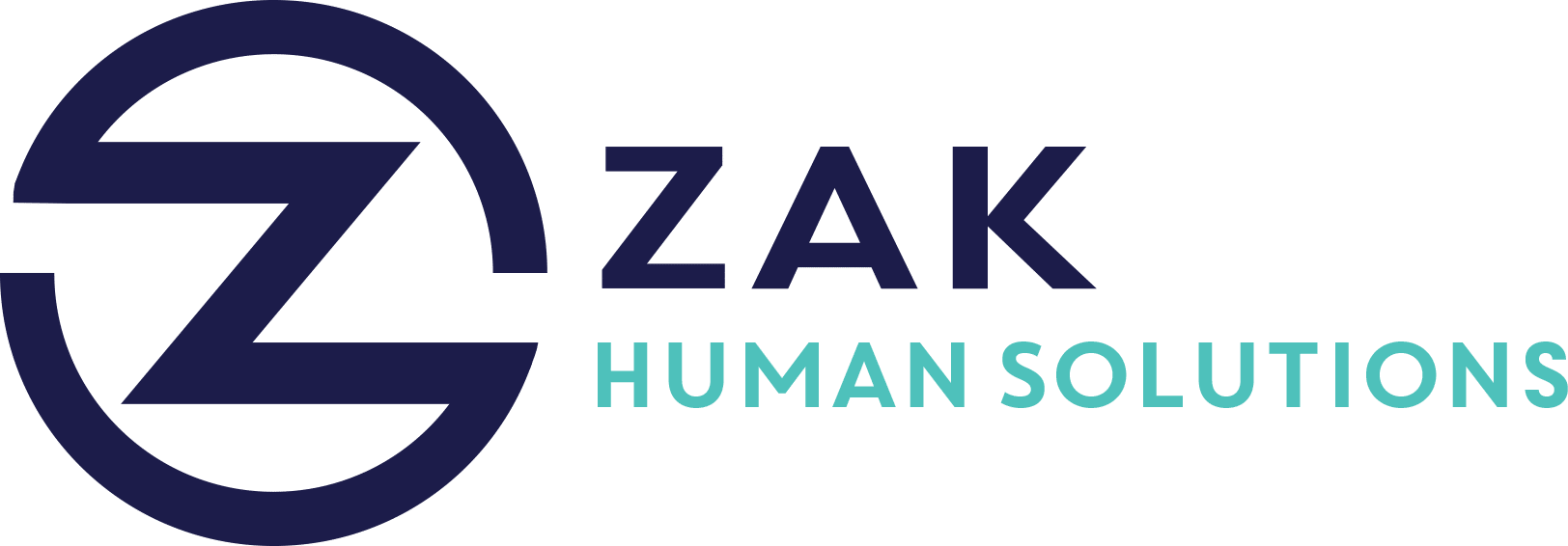Key Takeaways
- Gen Z and millennials engage in job hopping due to a rapidly changing labor market, seeking growth and better work conditions.
- A large percentage of employees spend less than two years at a job, highlighting a significant trend across multiple industries due to career stagnation and inadequate compensation.
- Identifying why employees leave jobs is crucial for reversing workplace loyalty declines; limited advancement opportunities and lack of career mentorship are primary drivers.
- Securing significant salary hikes and better financial stability are key motivators for job hopping among young professionals.
- Organizations with rigid workplace policies struggle with higher turnover due to employees favoring companies with more adaptable cultures.
- Work-life balance and flexible work options are increasingly important for the younger workforce, impacting their job retention decisions.
- To retain talent, HR should focus on career development, flexibility, and competitive compensation aligned with employee expectations.
- Embracing hybrid work models and innovative compensation strategies is recommended for better retention in a competitive job market.
- Regular employee surveys and feedback can help HR identify pain points and address issues preemptively, reducing turnover.
- AI-driven insights and data analytics are valuable tools for predictive retention efforts, enabling strategic workforce planning.
- Organizations must prioritize employee well-being and continuous growth to create a thriving work culture that reduces turnover.
In today’s dynamic labor market, job hopping has become a prevalent trend, especially among Gen Z and millennials. As these younger cohorts navigate their careers, they often prioritize growth, better compensation, and favorable work conditions, significantly influencing their job tenure and loyalty. This blog post delves into the complexities of job hopping, examining its causes, implications for organizations, and actionable strategies HR teams can adopt to cope with this evolving trend.
Understanding the Job Hopping Phenomenon
Defining Job Hopping
Job hopping generally refers to the practice of moving from one job to another in a short span, often less than two years. This trend is notably widespread across industries such as technology, finance, and marketing. But why are younger workers particularly drawn to this lifestyle?
- Career Stagnation and Compensation: Many young professionals encounter limited advancement opportunities and unsatisfactory pay scales, prompting them to seek employers offering more growth and financial incentives.
- Desire for Meaningful Work: For many, lack of purpose and engagement at work speeds up the decision to transition to new roles that promise challenges and fulfillment.
- Workplace Policies and Culture: Organizations with traditional, inflexible work environments might find it challenging to retain top talent compared to those that offer dynamic, adaptable cultures.
Factors Contributing to Job Hopping
Limited Advancement Opportunities
Inadequate career progression pathways and the absence of mentorship programs often motivate employees to change jobs. Companies that fail to anticipate and adapt to their employees’ career aspirations risk higher turnover rates.
The Pursuit of Better Compensation
Young professionals are often on the lookout for salary hikes and lucrative benefits packages. Employers who don’t stay competitive with their compensation strategies may struggle to maintain their workforce.
Rigid Workplace Policies
Organizations with stringent policies may lose employees to those offering more flexible and accommodating work cultures. The appeal of adaptable environments is especially strong in younger generations, who value work-life balance and flexibility.
Strategic Initiatives for Retention
Effective retention strategies must align with the evolving expectations of the workforce. Here are some actionable approaches:
Enhancing Career Development
- Mentorship and Internal Promotions: Implementing structured support, such as mentorship programs and clear promotion paths, can boost employee engagement and loyalty.
- Upskilling Opportunities: Encouraging continuous learning and growth through upskilling initiatives can empower employees and reduce turnover.
Embracing Flexibility
- Hybrid Work Models: Adopting hybrid or fully remote work models caters to employees’ need for flexibility and can drastically improve retention.
- Flexible Schedules: Allowing adaptable work hours, such as four-day workweeks, can contribute to better workforce satisfaction.
Competitive Compensation Strategies
- Performance-Based Incentives: Integrating profit-sharing schemes and performance bonuses ensure that compensation remains competitive and engaging.
- Comprehensive Benefits: Offering valuable benefits like healthcare and retirement plans strengthens employee loyalty.
Leveraging Data for Insightful Retention Strategies
- Employee Surveys: Regular feedback mechanisms, like employee surveys, enable HR teams to address issues before they lead to job hopping.
- AI and Data Analytics: Utilizing AI to analyze workforce behavior can help identify potential risks and tailor retention efforts proactively.
The rise of job hopping represents a paradigm shift in workforce dynamics. Organizations that recognize and adapt to this trend can turn potential challenges into opportunities for growth. By prioritizing employee engagement, well-being, and adaptable organizational policies, companies can transform their culture to reduce turnover and foster loyalty.




